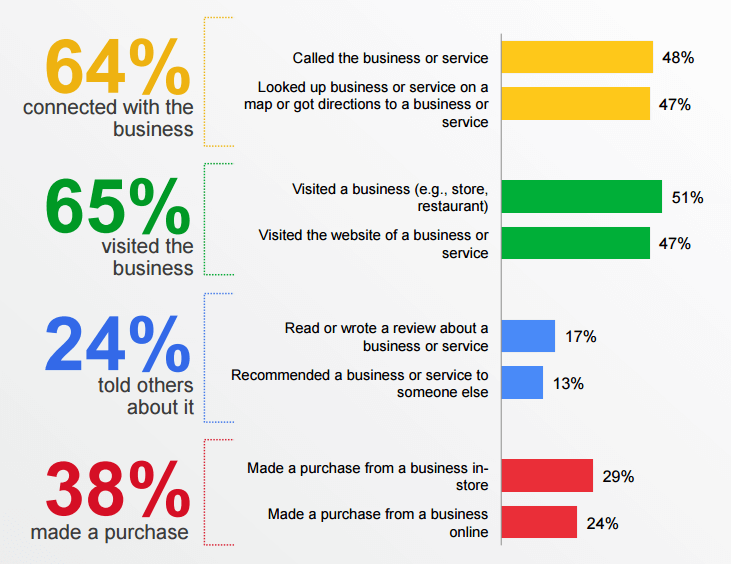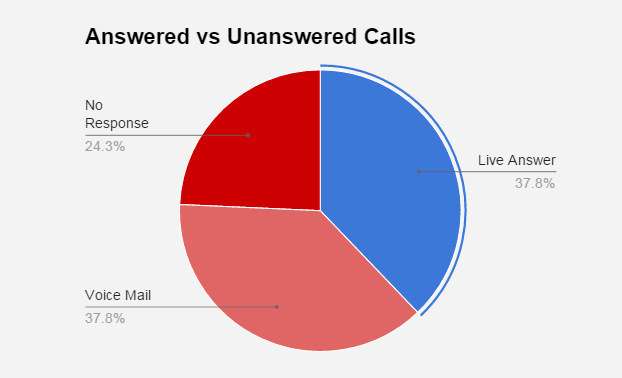 There are many discussions online over the ways to measure SEO success and it seems that the toughest question is how to choose the right KPIs for local SEO. As you might already know, local SEO is a very dynamic sector of the online marketing industry. Things change rather quickly and unexpectedly, forcing SEO professionals to adapt on the go.
There are many discussions online over the ways to measure SEO success and it seems that the toughest question is how to choose the right KPIs for local SEO. As you might already know, local SEO is a very dynamic sector of the online marketing industry. Things change rather quickly and unexpectedly, forcing SEO professionals to adapt on the go.
For many years search rankings were considered a crucial indicator for SEO success, but let’s look at it from the perspective of the business owner. They don’t profit directly from being on the first page of Google, so what they really need is more customers.
Tracking SEO Results
A better way to find out if a business is getting more customers is to monitor its online and offline communication channels – walk-ins, phone calls and emails.
- Walk-ins – at least 52% of small businesses in the US are home based and have no store front, so this metric is only suitable for a limited amount of organizations. Also, it’s really hard to tell how many walk-ins are a result of online marketing efforts. That is, unless you ask every single person who enters the store how they found you.
- Emails – the amount of received emails is a good indicator for a business’s online presence. Emails are a reliable way to connect with customers on a personal level, but at the same time a very passive way to close deals and sooner or later the conversation moves to a phone call or a live meeting.
- Phone Calls – according to a recent study by BrightLocal, 48% of respondents state that phone calls are the most important KPI for measuring local SEO success. From a customer’s point of view, making a phone call after finding the right business online is the quickest way to get what you need – and statistics prove it.
In a 2013 survey commissioned by Google, smartphone users with Internet access were asked “Which of the following actions have you taken after having looked up this type of information (business or services close to your location)? “ :

About Call Tracking
Call tracking is a very controversial topic. Simply put, in order to measure the exact amount of calls coming from online users, you need to set different phone numbers for the different places your business information is listed. However, Google doesn’t allow call tracking numbers to be used in Google+ Business Pages, and a business’s phone number must be consistent all over the web. This makes it extremely hard for SEOs to track calls as a KPI.
Another way for SEOs to track calls is to get constant feedback from business owners, who in their turn have to ask each customer how they found the business. This method has proven to be unreliable, because of business owners forgetting to ask or deliberately manipulating the real numbers, so they wouldn’t have to pay for the SEO services.
Besides all of these difficulties in call tracking, we at 411 Locals revealed another obstacle – 62% of phone calls to small businesses are left unanswered.
In our 8 years of experience in local SEO, we did have our suspicions that this is happening, so we conducted a study – we aimed to find out how often it occurs. We monitored the phone calls of 85 businesses, operating in 58 industries, for a period of 30 days. This is what we found:

While 37.8% of calls do get answered, another 37.8% get forwarded to voicemail and 24.3% don’t get any response. This means that a total of 6 out of 10 phone calls are unattended. A staggering 70% of businesses answered less than half of their calls.
Given that 79.9% of small businesses in the US are nonemployers, meaning one-person operations with no paid employees, these results are not at all surprising. In such companies, only one person has to take care of everything – sales, marketing, administrative tasks, organize the working schedule and, last but not least – do the job. At some point they just don’t have the chance to pick up the phone.
What is a business owner to do then?
Here are some solutions that could help small businesses take better care of their incoming phone calls:
-
Hire a Secretary
Hiring a secretary could cost $1,000 – 2,000 monthly and thus be too expensive for a small, one-person company. Usually a family member takes over the secretary role, but numbers prove this is not enough to handle all calls. Our advice is that there should be a person in the company whose main responsibility is to communicate with customers.
-
Hire a Virtual Secretary
A more affordable solution for the problem is hiring a virtual secretary. Services are charged per minute, per call or there are sets of packages with different combinations of monthly fees and number of minutes included. Depending on its size, an average small business would end up spending $50 – $150 monthly on a virtual receptionist. Seems like a fair price for the deals that would otherwise be lost.
-
Forward All Calls
If you have a separate business number and you just can’t be there to answer it during business hours, forward the calls to your cell phone. That would surely decrease the number of unanswered calls. In the meantime always keep your voicemail enabled, so that you can follow up on your customers’ requests ASAP.
-
Provide Enough Alternative Channels For Communication
It is always a good idea to provide more ways for customers to contact the business. If you are aware that phone calls are often left unattended, provide an email address, an IM account or a live chat on your website.
-
Automate Answering The Most Frequent Inquiries
Allow visitors to make appointments directly on your website. Also, provide a quote calculator, that would help customers estimate the cost of a certain product or service by themselves. This should help you minimize the number of inquiries over the phone.
Final Thoughts
The problem with hiring people is that you need to train them and educate them about the business, so they can provide adequate assistance and close sales if necessary. The other solutions seem to be less demanding, but still require some effort and resources. At the same time SEO agencies know their customers’ businesses very well and have a lot of experience with communication. So would this be a natural progression for SEO agencies – offering secretarial services to SMBs? What do you think – would that solve the problem with tracking calls as a KPI or is there a better solution?


